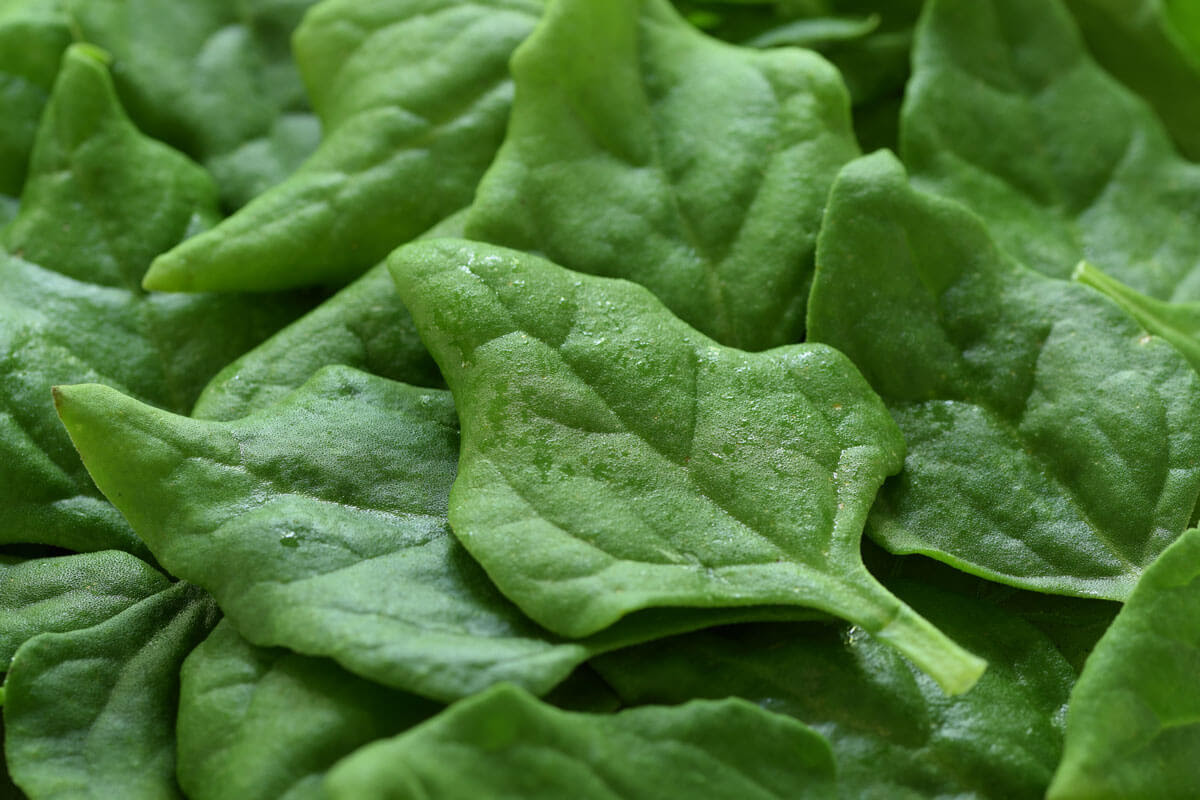
Hormone Health TRT

When discussing plant nutrition, the focus often gravitates toward macronutrients and prominent vitamins or phytonutrients, leaving the less-discussed elements hidden in plain sight.
Unbeknownst to many, one such stealthy component lurking within our meals is the group of compounds known as oxalates. Have you heard of oxalates? These tiny, unassuming compounds hold the potential to wreak metabolic havoc, sparking a cascade of health concerns. Many of you may have read the Men’s Health story about Liam Hemsworth who at the age of 29 developed kidney stones and had surgery for removal after being vegan for four years. His routine included spinach smoothies with almond milk and almond butter just about everyday. There is a strong association here that should not be overlooked. He has since changed his diet.
This article explains the unsettling truth about oxalates and their potential impact on your well-being. Optimal health comes with balance and recognition that not all plants in the plant kingdom are innocent even if we consider them edible.
Oxalates are naturally occurring compounds found in various plants like nuts, leafy greens, fruits and spices. They exist as oxalic acid or oxalate crystals which are both under the broader group of molecules known as organic acids. In plants, oxalates serve various purposes, such as contributing to the plant's defense mechanisms against infections and predators including fungi and insects all while managing calcium stores and capturing sunlight for the plant.
Not so surprising but, oxalic acid is a registered pesticide (parasiticide to be exact) used to control mites in bee-keeping practices. However, oxalic acid is considered “natural” so it is recognized as being safe and organic. Now, don’t be alarmed, using such for honey production does not seem to have any substantial impact on the oxalate load of the honey. We just want to illustrate its diverse applications and potential. Another strong observation recorded in 2006 demonstrated that within a few days after feeding sheep beet greens, which are high in oxalates, the sheep developed anorexia, weight loss, tremors and stumbling.
Unfortunately, oxalates in general are resistant to cooking and digestion. Oxalate crystals are found in the plant and also form in our body (oxalic acid + calcium). These crystals are very abrasive and damaging to our tissues and joints. When you take whole foods like spinach and almonds per say and make smoothies, you are pulverizing the foods and releasing more oxalates from the plant, increasing the toxic burden on your body. Almond milk itself has a high concentration of oxalates.
There is mixed data on oxalate content in foods, and there are many variables like serving size, time the produce was harvested, and even bacteria contamination that can change the oxalate load. However, there are foods that have been tested time and time again and the general trend from highest to lowest oxalate content is shown below.
Oxalates can potentially interfere with our health in several ways, particularly when consumed in excessive amounts (not hard to do these days) or for individuals who might be more vulnerable.
As mentioned above, elevated levels of oxalates can increase the risk of kidney stone formation and, over time, potentially contribute to kidney damage. This is a medical condition called hyperoxaluria (abnormally high levels of oxalates in the urine.) There are two types of hyperoxaluria:
Research indicates that individuals with diminished populations of gut bacteria responsible for oxalate degradation and those affected by specific digestive disorders are more susceptible to elevated oxalate levels within the body.
| Food | Serving Size | Oxalate Content (mg) per Serving |
| Pecans (halved) | 17 halves (28g) | 18 |
| Clementine (peeled) | 1 (75g) | 20 |
| Hemp hearts | ¼ cup (40g) | 22 |
| Brown rice (cooked) | 1 cup (195g) | 24 |
| Turmeric | ½ tsp (1.1g) | 25 |
| Whole grain bread | 2 slices (75g) | 30 |
| Apricots (dried) | ¼ cup (35g) | 30 |
| Sesame seeds (hulled) | ¼ cup (30g) | 45 |
| Beets (boiled) | ½ cup (85g) | 45 |
| Peanuts (roasted) | 28 nuts (28g) | 45 |
| Pine nuts (pignoli), raw | 3 tbs (28g) | 60 |
| Black beans (boiled) | ½ cup (90g) | 65 |
| All Bran cereal | ½ cup (30g) | 75 |
| Cashews | 24 nuts (28g) | 75 |
| Cocoa powder | 2 tbs (11g) | 80 |
| Potatoes, Russet, baked, flesh only | 1 medium (170g) | 85 |
| Beet juice | 2/3 cup (160ml) | 95 |
| Chocolate (70% dark) | 1.75oz (50g) | 110 |
| Quinoa (boiled 30 mins) | 1 cup (180g) | 110 |
| Sweet potatoes, baked, flesh only | ½ cup (110g) | 120 |
| Almonds (whole with skins) | 24 nuts (28g) | 120 |
| Chocolate (85% dark) | 1.75oz (50g) | 140 |
| Poppy seeds | 1 tbs (8g) | 180 |
| Buckwheat (cooked) | 1 cup (180g) | 230 |
| Chia seeds | ¼ cup (40g) | 260 |
| Star fruit | 1 (90g) | 270 |
| Beet greens or red stemmed chard, raw | 1 cup (40g) | 380 |
| Spinach | 1½ cup (45g) | 450 |
| Spinach (boiled) | ½ cup (90g) | 450 |
Maintaining a healthy diet while reducing oxalate intake requires striking a delicate balance. While it's important to manage oxalate consumption, it's equally crucial to ensure that your diet remains well-rounded and nutritious.
A normal and safe level of oxalates for most people would be less than 200 milligrams per day. We can see that it is very easy to exceed this number. Optimal is likely less than 100-150 milligrams. If you are on a low oxalate diet because of a history of kidney stones or pseudogout, it's recommended to reduce that even further to 40–50 milligrams of oxalates daily.
Several pro-tips for reducing oxalates in your diet include:
As with any dietary component, moderation and a balanced approach are key. If you have specific health concerns or dietary considerations, consulting with a healthcare professional or registered dietitian can provide personalized guidance on managing oxalate intake while still enjoying a nutritious diet.
Our experienced clinicians at Opt Health are here to guide you on your journey to better health. Whether you have specific health conditions or simply want to strike the right balance between reducing oxalates and maintaining a nutritious lifestyle, our experts can provide personalized advice and tailored strategies. Don't navigate this path alone – reach out to Opt Health today and take confident steps toward optimal well-being. Your health matters, and we're here to help you find the harmony your body deserves.
Your health, your terms. Discover how personalized care can transform not just the way you feel, but how you live.